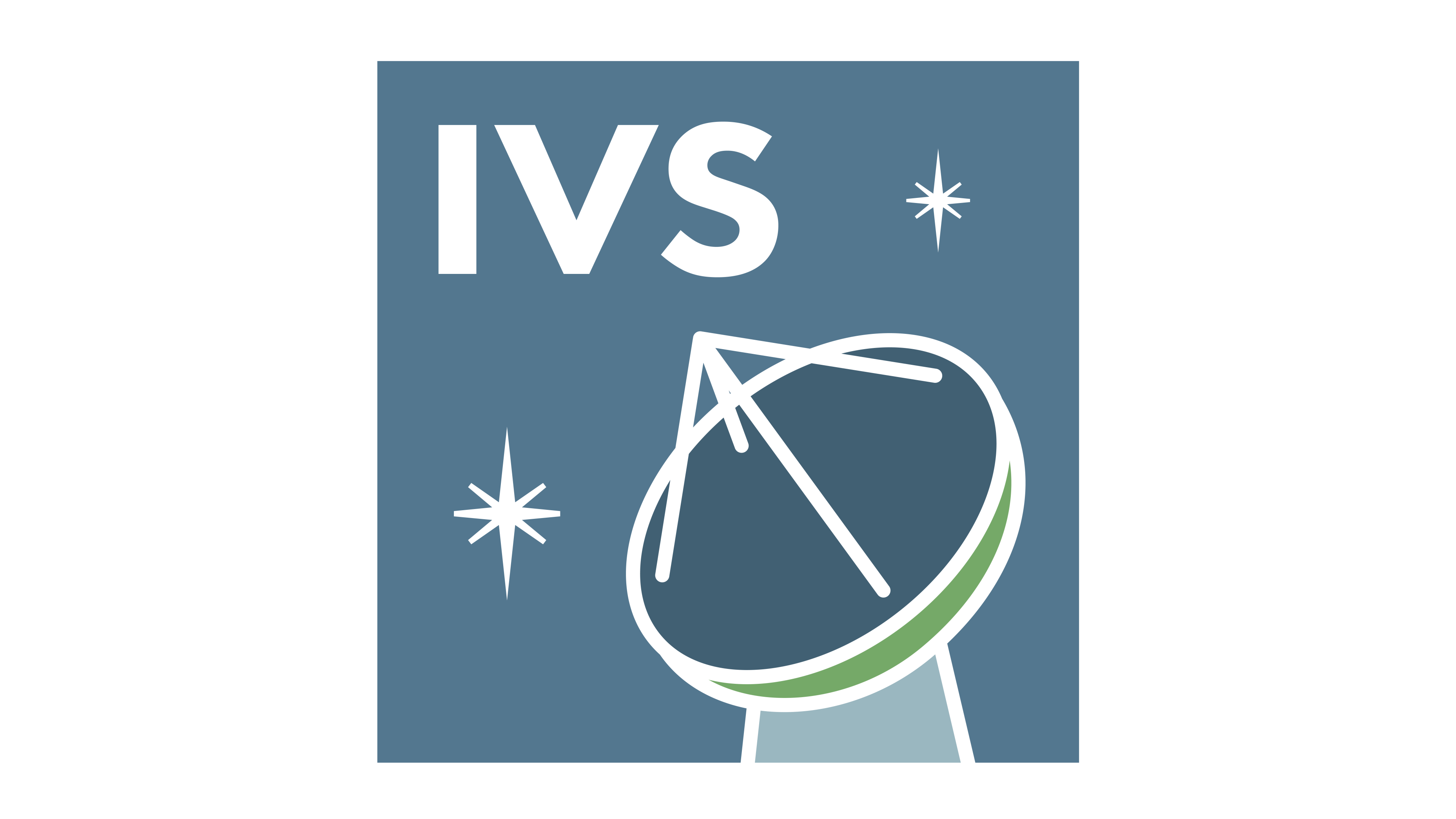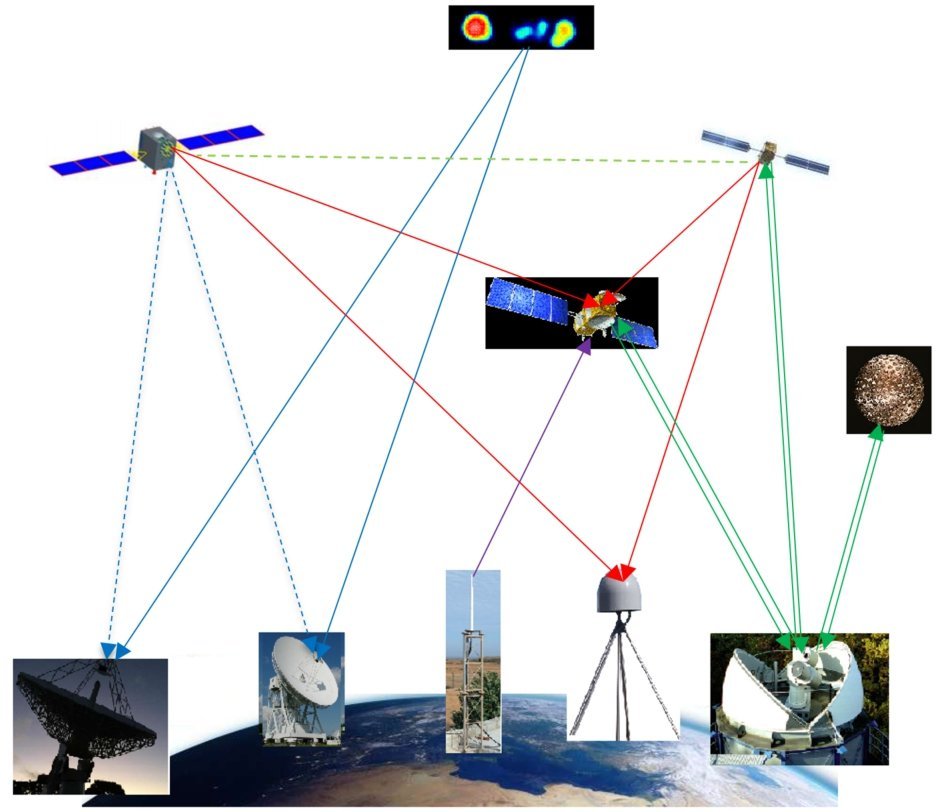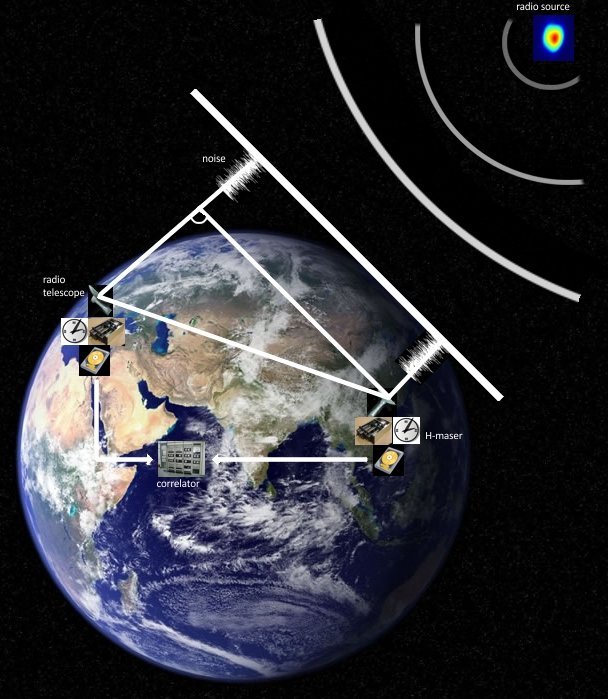IVS - International VLBI Service for Geodesy and Astronomy
Contact:
Web:
Infrastructure belongs to:
Very Long Baseline Interferometry (VLBI) is a highly accurate technique, used since the 1970s in geodesy that has delivered groundbreaking scientific discoveries. This technique allows scientists to measure global distances with millimeter accuracy; thus, VLBI contributes significantly to determining the global terrestrial reference frame, named International Terrestrial Reference Frame (ITRF). It is the only one of the space geodetic techniques referenced to the kinematically non-rotating frame and the only one that provides all Earth Orientation Parameters (EOP), i.e., polar motion, universal time, and celestial pole offsets. In addition to aiding the navigation of space probes and the determination of spacecraft ephemerides, VLBI observations can be used to link different reference frames and different geodetic observation techniques.
As contribution to the International VLBI Service (IVS), the VLBI group at the GFZ examines these applications, where the connection between the reference frames of VLBI and GNSS (Global Navigation Satellite Systems) are of particular interest.


